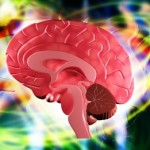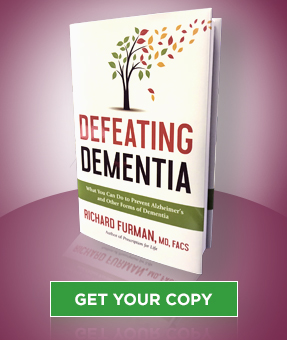 I’ve heard many a person say, “I figure I’ll go when I go” as a blasé argument against changing their lifestyle to prevent heart disease. They presume that the end will be the end. But, will it? Having a stroke is the leading cause of long-term disability in adults, and the fourth leading cause of death. A stroke is nothing more than a heart attack of the brain. But to me, a stroke is worse than a heart attack and we should do everything possible to prevent one from happening.
I’ve heard many a person say, “I figure I’ll go when I go” as a blasé argument against changing their lifestyle to prevent heart disease. They presume that the end will be the end. But, will it? Having a stroke is the leading cause of long-term disability in adults, and the fourth leading cause of death. A stroke is nothing more than a heart attack of the brain. But to me, a stroke is worse than a heart attack and we should do everything possible to prevent one from happening.
If you survive a heart attack and change your lifestyle of eating, ideal weight, and exercise; you can become healthy and stay active without having a second heart attack. However, if you have a complete stroke and end up with difficultly speaking or having to use a cane or walker for the rest of your life, you may change your lifestyle and prevent a second stroke from happening but your debilitation is with you for the rest of your life.
Both heart attacks and strokes are the result of damage to your arteries, and both problems are near completely preventable. In dealing with strokes, you want to prevent it from ever happening in the first place and lifestyle change is the major preventive factor there is. The cause is the same for strokes as for heart attacks – damage to your arteries. The prevention is the same for both. What is good for the heart is good for the brain.
The moment you survive even a transient stroke attack (one that only lasts a few minutes), you have five times more chance of dying than someone who has not had a stroke. Plus, within the next five years, 15 to 30 percent will have some form of permanent disability due to a second stroke. That permanent disability is scariest aspect of dealing with strokes. Six months after a complete stroke, twenty percent of survivors who are 65 or older have difficulty speaking, while a third can’t walk without assistance, and 25 percent end up in a nursing home.
There are lifestyle changes you can do to prevent such debilitating problems happening to you. What you eat is important. In the Annals of Neurology, exams were performed on seven hundred people who were sixty-five or older. Those who adhered more closely to a diet consisting mainly of fruits and vegetables, whole grain bread, pasta, olive oil and fish, were up to 36% less likely to have damage to their brains as a result of small strokes.
Exercise is important to both men and women. Separate medical reports show the significance of getting active. The medical journal Stroke, reports an interesting study of over 45,000 men who had no history of disease in the arteries of their hearts, or in their brains. The high physical activity group had a 31% decrease risk of stroke. Here are the results of a ten-year follow-up study. They divided the women into groups of essentially “no activity”, “moderately active”, and “most active.” In comparing women who did not exercise, with those who exercised the most — the most active women had approximately 50% lower risk of death from stroke.
Learn how to avoid ever having the most devastating non-fatal physical entity there is by not only reading Prescription for Life, but by studying it.
“Brain” photo courtesy of www.freedigitalimages.net
